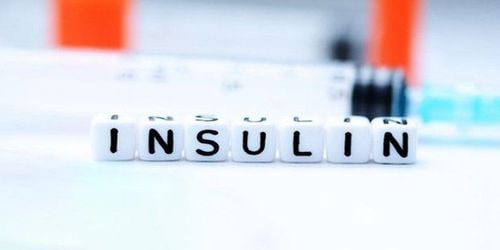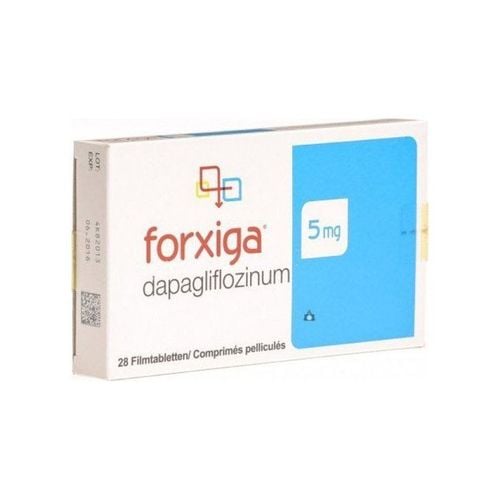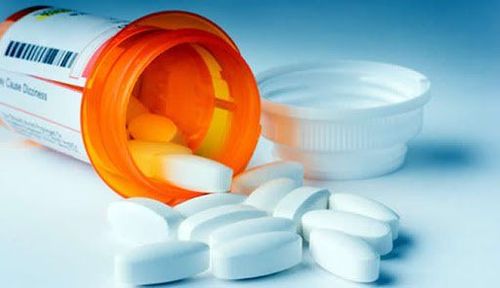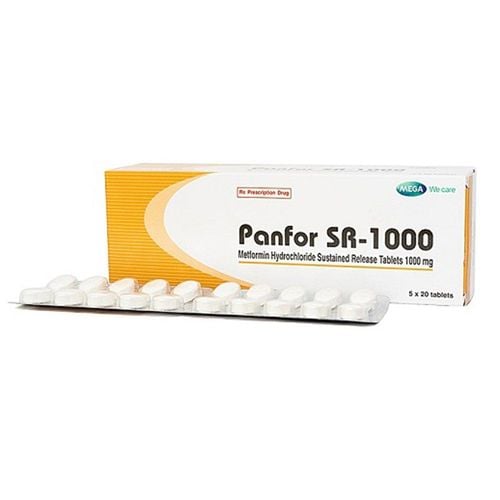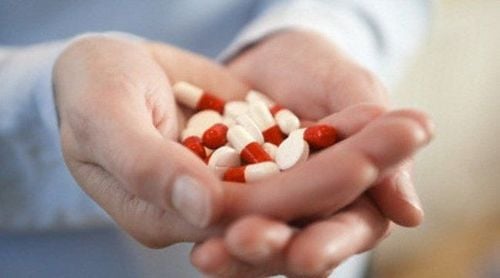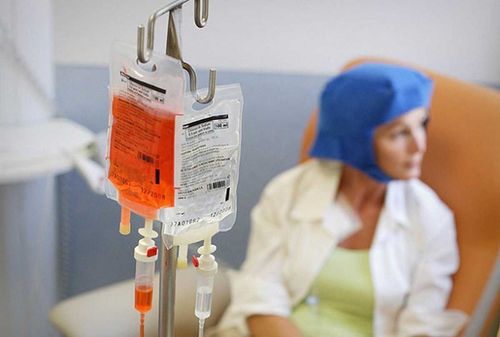This is an automatically translated article.
The article was professionally consulted by Specialist Doctor I Tran Quoc Vinh - Emergency Doctor - Department of Resuscitation - Emergency - Vinmec Nha Trang International General Hospital.Ketoacidosis is a very dangerous and rapidly fatal acute complication of type 1 diabetes. Therefore, patients with diabetic ketoacidosis need to be diagnosed and treated. timely.
1. What is diabetic ketoacidosis?
Ketoacidosis, also known as ketoacidosis, is a severe acute decompensation of diabetes mellitus, which can be life-threatening if not promptly managed with insulin, fluids, and correction of other medical conditions. electrolyte disturbances and other risk factors.Ketoacidosis with biochemical signs such as elevated blood glucose, over 250mg/dl (13.9 mmol/L), blood pH ≤ 7.3, HCO3 ≤ 15 mEq/l, positive blood ketone test urine ketones (KET) are strongly positive, increasing the AG ion gap > 12.
The mechanism of this condition is a lack of insulin - a substance important in helping glucose move from the blood into the cells. cells to convert into energy. Glucose is the main source of energy for muscles and other tissues.
When insulin is deficient, the body will have to use another source of fuel, which is fat. The process of breaking down fats for energy creates a buildup of acids in the blood called ketones. This leads to ketoacidosis in diabetic patients.
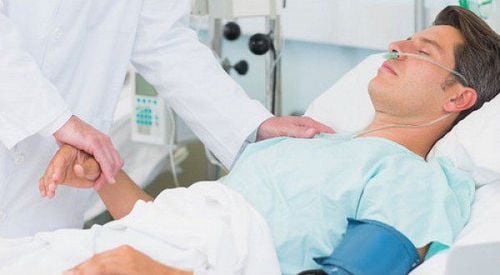
Bacterial infections; Injury; Heart attack; Surgery; Inappropriate adjustment or discontinuation of insulin However, complications of ketoacidosis are not only seen in patients with type 1 diabetes, but patients with type 2 diabetes may also experience this condition in some patients. conditions such as:
Infection Non-compliance with diabetes treatment Inappropriate adjustment or discontinuation of insulin New-onset diabetes Myocardial ischemia Stroke Brain thyrotoxicosis Trauma Due to certain drugs: corticoids,..
2. Symptoms and signs of ketoacidosis
Before falling into a coma for 1 day or more, patients with ketoacidosis often have more severe symptoms of classic diabetes symptoms such as polyuria (frequent urination), increased thirst, weight loss, and accompanying symptoms. It is a gastrointestinal disturbance along with nausea, vomiting, abdominal pain, hyperventilation (manifested by Kussmaul breathing), marked fatigue, and finally a state of lethargy that can progress to coma. passionate about.On examination, signs of dehydration may be detected in a lethargic patient with rapid, deep breathing and a "fruity" odor of ketones. This is an important clue for the diagnosis.
Hypotension with tachycardia indicates severe dehydration and electrolyte imbalance. Patients also often have hypothermia. Patients may experience abdominal pain and increased sensitivity in the absence of abdominal disease.
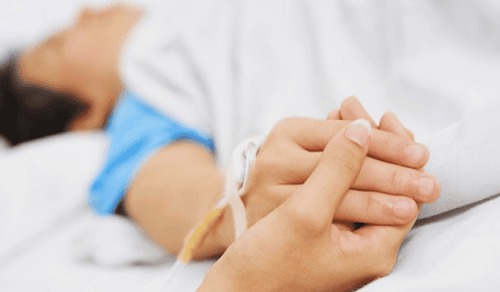
Glucose urine 4+; Increased ketones in urine; Blood ketones; low arterial blood pH; Low plasma carbonate. These are the hallmarks of diabetic ketoacidosis. In addition, plasma potassium concentrations were increased despite decreased total body potassium due to persistent polyuria and vomiting.
Amylase is usually elevated but mainly salivary amylase and pancreatic amylase. Therefore, in this setting, serum amylase is not an obvious sign of acute pancreatitis.
3. Treatment of diabetic ketoacidosis
Diabetic patients with ketoacidosis need to be treated promptly, because this is an emergency condition. Treatment of ketoacidosis involves many steps that need to be addressed simultaneously. Important steps in the treatment of diabetic ketoacidosis are:Correct diagnosis; Intravenous infusion and fluid resuscitation; Taking insulin: The goal of using insulin is to reduce the release of fatty acids from adipose tissue. From there, it will reduce fatty acids to the liver, reducing the production of ketone bodies. Insulin also inhibits glucose production from the liver and enhances glucose uptake into muscle cells; Correction of water and electrolyte disorders: prevention of hypokalemia, relief of acidosis symptoms. Most patients with ketoacidosis will have a fluid deficit of 4-5 liters. 0.9% saline should be the solution of first choice to replace lost fluid, which should be performed immediately in the emergency room when the diagnosis is confirmed; Anti brain edema ; Reduce the risk of blood clots; Treatment of comorbidities such as infection, trauma or myocardial infarction,...; Care of the comatose patient.
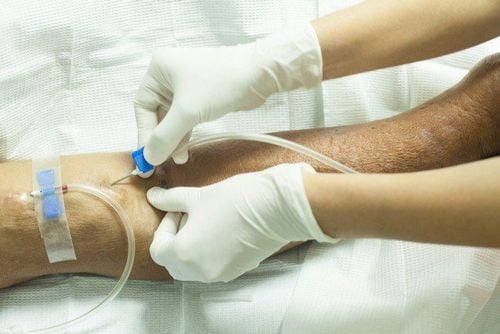
Currently, Vinmec International General Hospital is providing a Diabetes Screening Package to help patients detect the disease early and improve treatment efficiency.
With this package, patients will receive:
Endocrine CK Exam (by appointment) Oral Tolerance Test (for customers with suspicious fasting blood sugar results) Glucose Measurement HbA1c Measurement Acidity Uric Determination of Cholesterol Determination of HDL-C (High density lipoprotein Cholesterol) Determination of LDL-C (Low density lipoprotein Cholesterol) Determination of Triglycerides Determination of Urea Determination of Creatinine Measurement of AST Activity (GOT) Measurement of ALT Activity (GPT) GGT (Gama glutamyl Transferase) activity.
Please dial HOTLINE for more information or register for an appointment HERE. Download MyVinmec app to make appointments faster and to manage your bookings easily.





